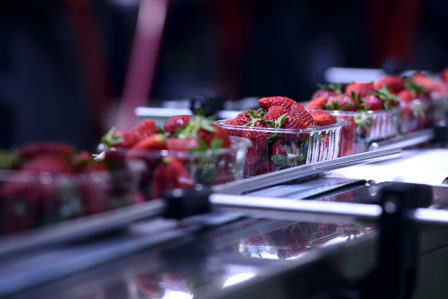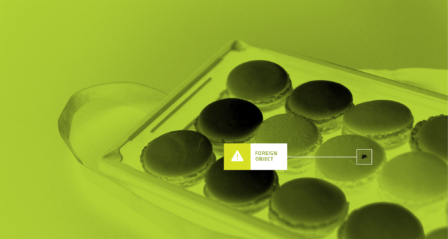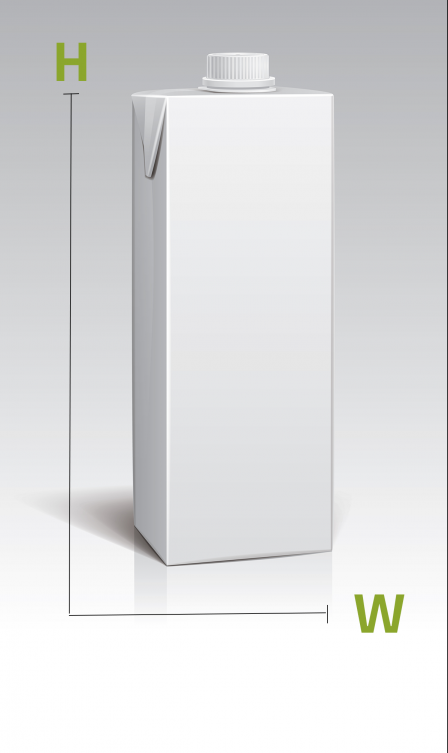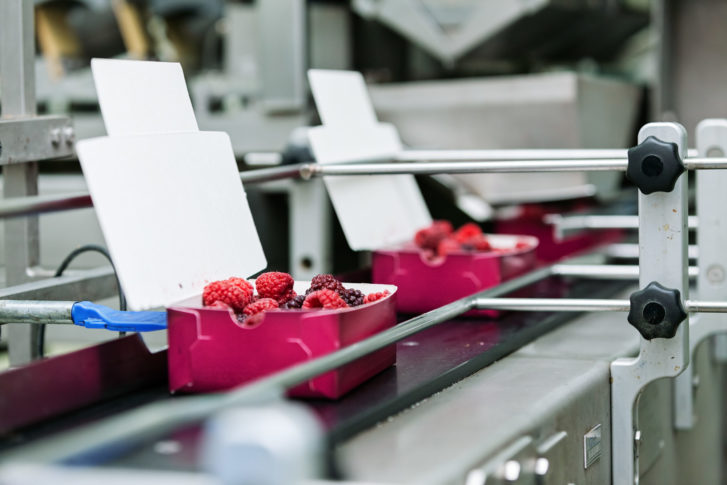
How to decide the right partner
from food inspection providers
Food production specifics determine the quality inspection needs
This blog series How to decide the right partner from food inspection providers is created for food manufacturers to increase their knowledge in the process of evaluating potential partners from inspection providers, and for distributors, industry professionals and resellers to offer general information about the right inspection solution’s valuable safety control and value-adding meaning for business.
Inspection technology is a complex industrial equipment that acts as a tangible asset in food production. Not all are aware of which equipment from various options is the most suitable and how to consistently manage it during its lifetime to maximize the value of the investment.
During the blog series we will answer the following questions:
- How to specify the production needs relating to quality control and inspection in order to evaluate technical characteristics between inspection providers?
- What technological characteristics to look for when comparing various partners and their solutions?
- How to successfully achieve the full advantage and all of the benefits that come with X-ray throughout its lifecycle?


Where the need for improved quality control arises from
There are many situation when there is identified a need for inspection. For example:
- Physical contamination risk is identified according to the HACCP
- During an expansion when local regulations and standards restrict the distribution or export to another country unless all the required food safety certifications are met
- Because of the highly competitive food industry where consumers encounter an endless number of possible choices, any single quality defect can significantly weaken the competitiveness of a food producer
- Resellers requiring an improved inspection before acquiring new products
- As the existing regulations continuously become more demanding in terms of product safety
Food safety certifications are a good way to show up as a reliable producer, gain visible recognition for the food brand and minimize risk for foreign objects, but there are even more other possible benefits one can achieve after the right partner from food inspection providers is chosen and the technology is implemented in the production process.
The blog series will go through these topics more in detail. Before sourcing the best possible solution, it is good to take a bit deeper look into production specifics and requirements. After this, it is easier to determine the specific requirements to choose the technology and find the right partner who truly understands the needs, and finally, being able to start consistently tracking and monitoring the food quality control as well as the overall production performance. Detection equipment and technologies are not equal, therefore, with a carefully considered decision of the right partner, you can increase the total value of the chosen solution and avoid many undesired risks.
Advantages of Food X-ray Inspection
10 IMPORTANT QUESTIONS TO ANSWER BEFORE CHOOSING THE INSPECTION OPTION
Every food producer has its own production process which highly influences the inspection system’s capability to detect quality deficits. A wrong decision might give false results. Therefore, after the need for quality inspection is identified, the second step is to find out the production characteristics by answering the following questions:
- What kinds of products should be inspected (bulk or primary or secondary packaging products, big or small, tall or short, light or heavy)?
- What are the product’s texture and form (e.g., powder, liquid, dry, wet, sticky, frozen, etc.)?
- What type of foreign objects pose a risk and need to be detected (e.g., metal, stones, plastics, glass)?
- What are the exact packaging sizes?
- What is the packaging material? (e.g., plastic, metal, glass)
- What other quality deficits are causing problems (e.g., form and integrity, content and filling, missing parts/items of the product, poorly attached caps)?
- What are the details of the production line: line speed, the distance between the products, etc.?
- How many lines are there in total, and for which point of the production the inspection is required?
- Are there other quality inspection needs in addition to the beforementioned that could be beneficial to integrate with the system (e.g., weight check, label correctness, or product counting)?
- Are there various, different food products being inspected on the same production line (in other words, is the production recipe changed frequently)?
Road to Safe Food


Book a virtual demo for more information
Consequences of choosing an inappropriate or inadequate detection technology can be a risk for competitiveness today or in the future. Detection technology is a long-term investment and changing the partner afterward is much more difficult and expensive. Lacking quality control results can weaken customer satisfaction, jeopardize food safety, restrict growth, damage the brand, and cause financial losses. Therefore, it is highly important to take the time and investigate, what kind of solution would be the best one for your needs.
X-ray is usually the most useful to use in any food production in order to maintain good quality. Contact us or read our next part of the blog series, where we will offer a general guide for comparing different technological characteristics between X-ray solutions and what kinds of differences exist between various X-ray equipments.
Book Virtual X-ray Demo
Read more about the importance of food inspection for food manufacturers
Selection Criteria -White paper will deepen your knowledge of the importance of food inspection, and how food manufacturers all over the world are utilizing food inspection equipments and what kind of equipment is perceived the most valuable.
